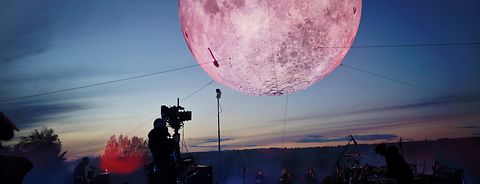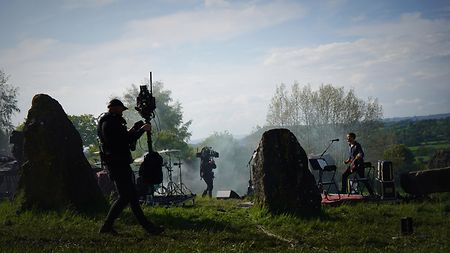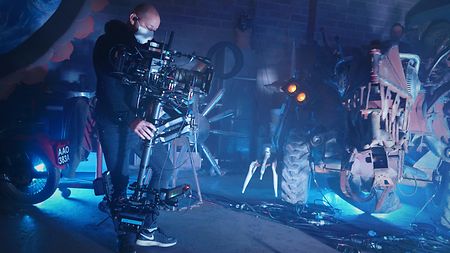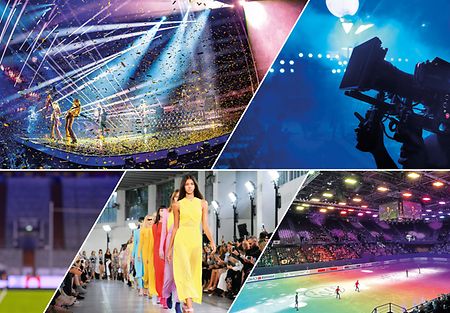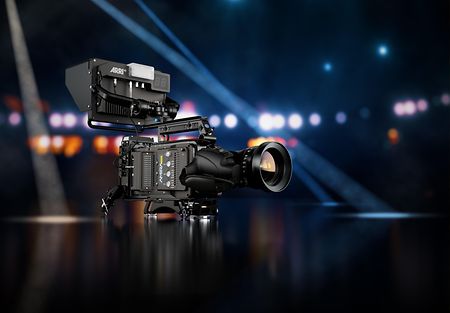“Glastonbury Festival: Live at Worthy Farm” was shot over seven days at Worthy Farm, home of the UK’s Glastonbury Festival, using ALEXA Mini and AMIRA cameras controlled via the ARRI Multicam System. It comprised 11 music performances and nine spoken word interludes, with each artist captured and cut live on location, to create a six-and-a-half-hour global livestream film. It was broadcast 24 hours after it finished shooting to viewers at home around the world and to over 300 theaters, delivering a more cinematic look than any previous coverage of the festival has ever achieved, not just in terms of scale, but specific image attributes such as depth of field and colorimetry.
Director Paul Dugdale shares details about the ambitious project and the talented team and cutting-edge technologies responsible for recreating the spirit of the festival in film form.
